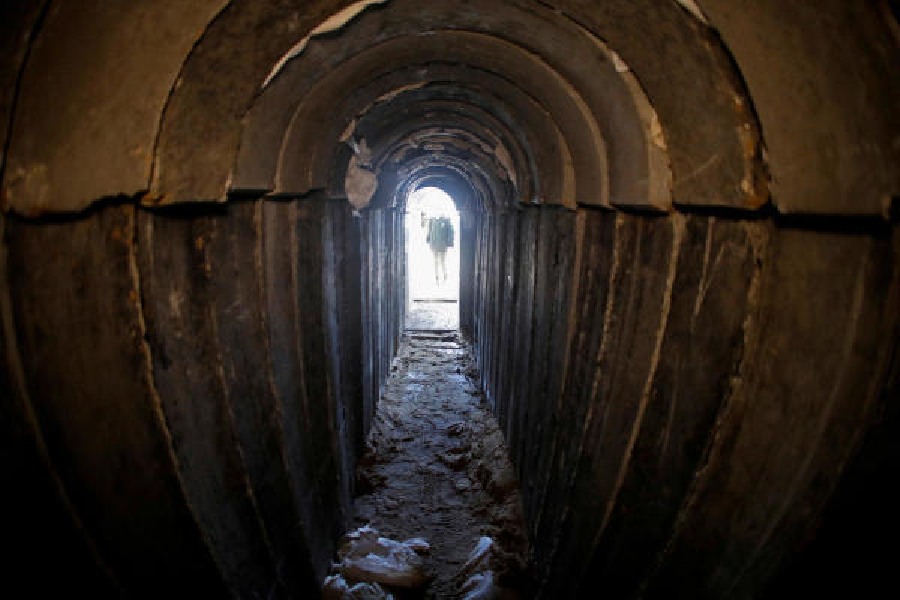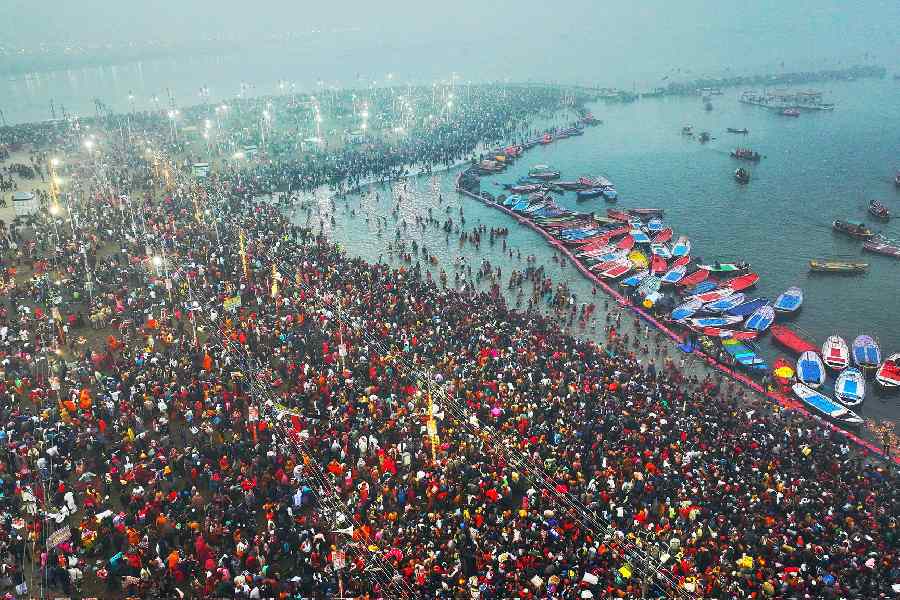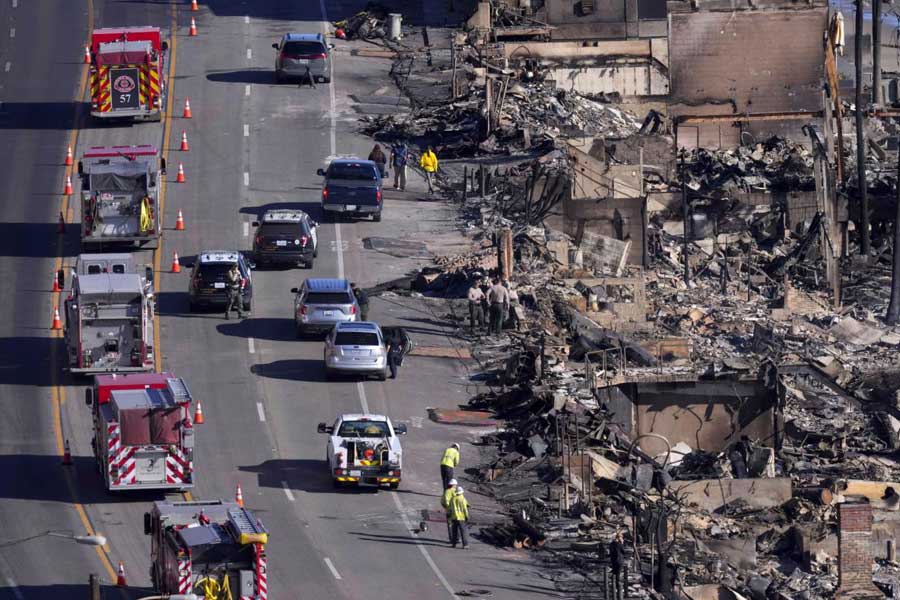Just after midnight on Tuesday, the Israel Defence Forces announced that they had struck a tunnel that allowed Hamas to “infiltrate Israel through the sea”.
The sea tunnel was unusual, a sign that Hamas had designed deadly new ways to attack Israel. The armed group has miles of tunnels under the Gaza Strip — a US official likened them to “miniature cities” — but the exit to this one was in the sea near a beach in Israel.
Among the possible reasons Israel delayed sending troops into Gaza after the Hamas attack on October 7, one stands out, military experts say: the tunnels.
Underneath the tiny coastal strip and its more than 2 million people is a vast network of subterranean pathways, rooms, cells and even roads for vehicles. Hamas, which oversees Gaza, is believed to hide weapons, fighters and even command centres in the warren of underground chambers.
Overnight on Saturday, Israeli fighter planes struck 150 underground targets in the northern Gaza Strip, the Israeli military said.
For the Israeli forces who take part in any large-scale ground invasion, one of the most daunting challenges will be the tunnels, which Hamas has spent years refining. For the people who live above the tunnels, one of the most frightening propositions will be how to survive the subterranean warfare.
“We should have no illusions about how this is going to be,” said General Joseph L. Votel, the former leader of US Central Command, which is responsible for West Asia. “It will be bloody, brutal fighting.”
In an interview, he recalled the final days of the battle for the Iraqi city of Mosul, where Islamic State fighters hid in a series of tunnels in 2017. “Our Iraqi soldiers were clearing out, using bulldozers, ISIS fighters who were literally dug into the rubble,” he said. “It was very, very brutal.”
Tunnels have been a part of life in Gaza for years, but they sharply multiplied after 2007, when Hamas took control of the enclave and Israel tightened its blockade. Palestinians responded by building hundreds of tunnels to smuggle in food, goods, people and weapons.
The tunnels cost Hamas about $3 million each, according to the Israeli military. Some are made with prefabricated concrete and iron and have medical rooms for aiding wounded fighters. Others have spaces 130 feet below ground where people can hide for months.
In Israel, people often refer to the tunnel system as “lower Gaza” or the “metro”.
Yocheved Lifshitz, an 85-year-old woman who was held hostage by Hamas for 17 days this month, described being marched for miles through a “spider web” of tunnels. She told reporters on Tuesday that Hamas militants led her through the wet and humid underground corridors to “a big hall where some 25 kidnapped were concentrated”.
After two or three hours, they put five people from her kibbutz in a separate room.
At a news conference on Friday, Rear Admiral Daniel Hagari, an Israeli military spokesman, accused Hamas of building tunnels and other facilities underneath Al Shifa Hospital in Gaza, the territory’s largest medical centre. He played an intercepted audio recording and displayed an illustration of the subterranean complex.
General Votel, who visited a tunnel controlled by the Lebanese militia Hezbollah near Israel’s border, said he was “taken aback at the level of effort that is involved in creating these things”. “This wasn’t just holes in the ground, it was an architecture,” he said. “They were linked to rooms and built in a way to withstand strikes to the surface.”
As Hamas expanded the underground system, it concealed the entrances to the tunnels in houses and other small structures on Egypt’s side of the border, said Joel Roskin, a geology professor at Bar-Ilan University in Israel who studied tunnels during his time in the Israeli military. Those tunnels allowed goods to be smuggled in from Egypt.
The tunnel system stretches all the way to the Israeli border in the north.
A decade ago, Egypt undertook an effort to destroy the tunnels along its border, dumping sewage into some and levelling houses that concealed entrances, Roskin said.
Israel has limited visibility into tunnel activity on the Egyptian side of the border, he added.











